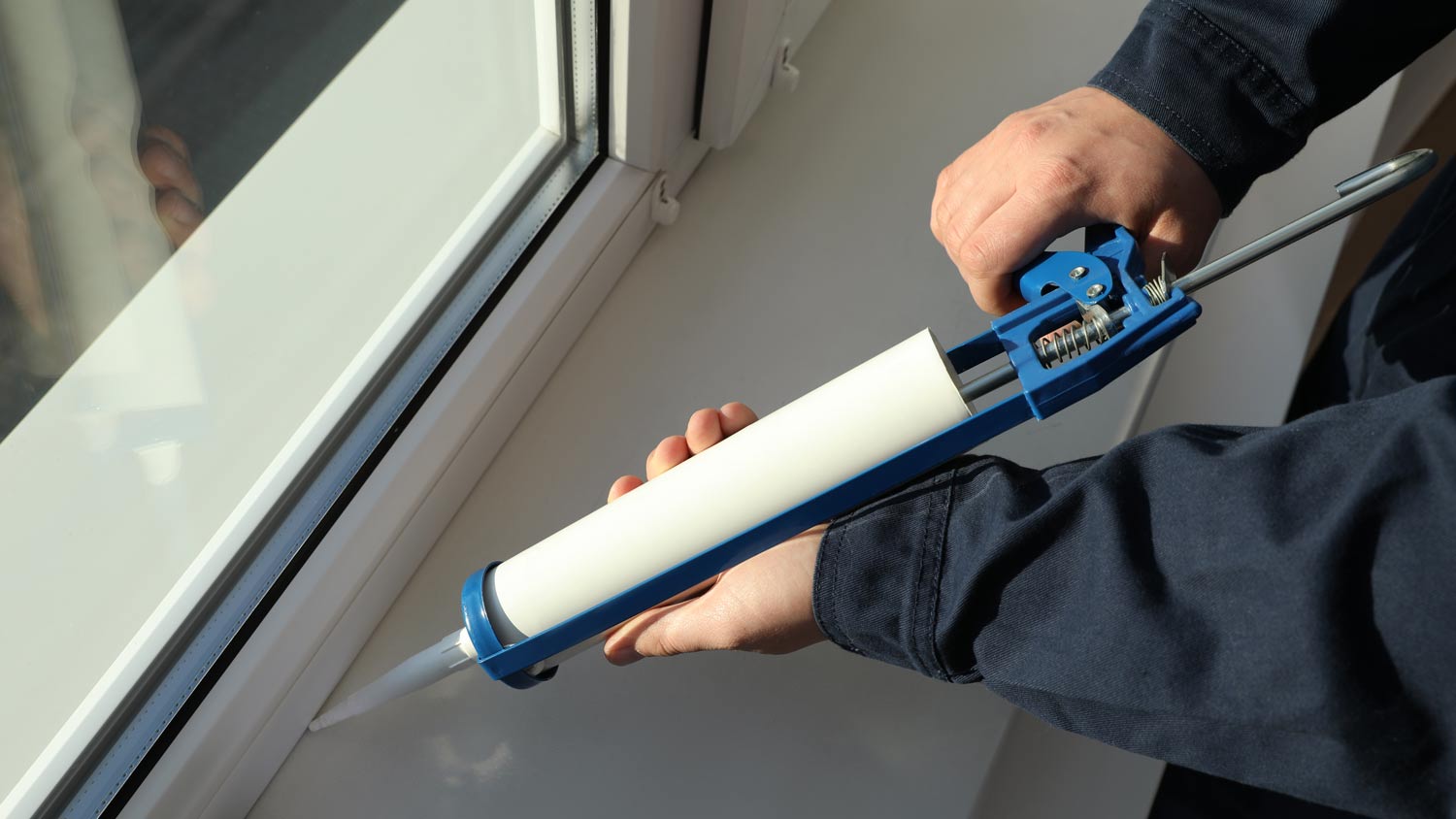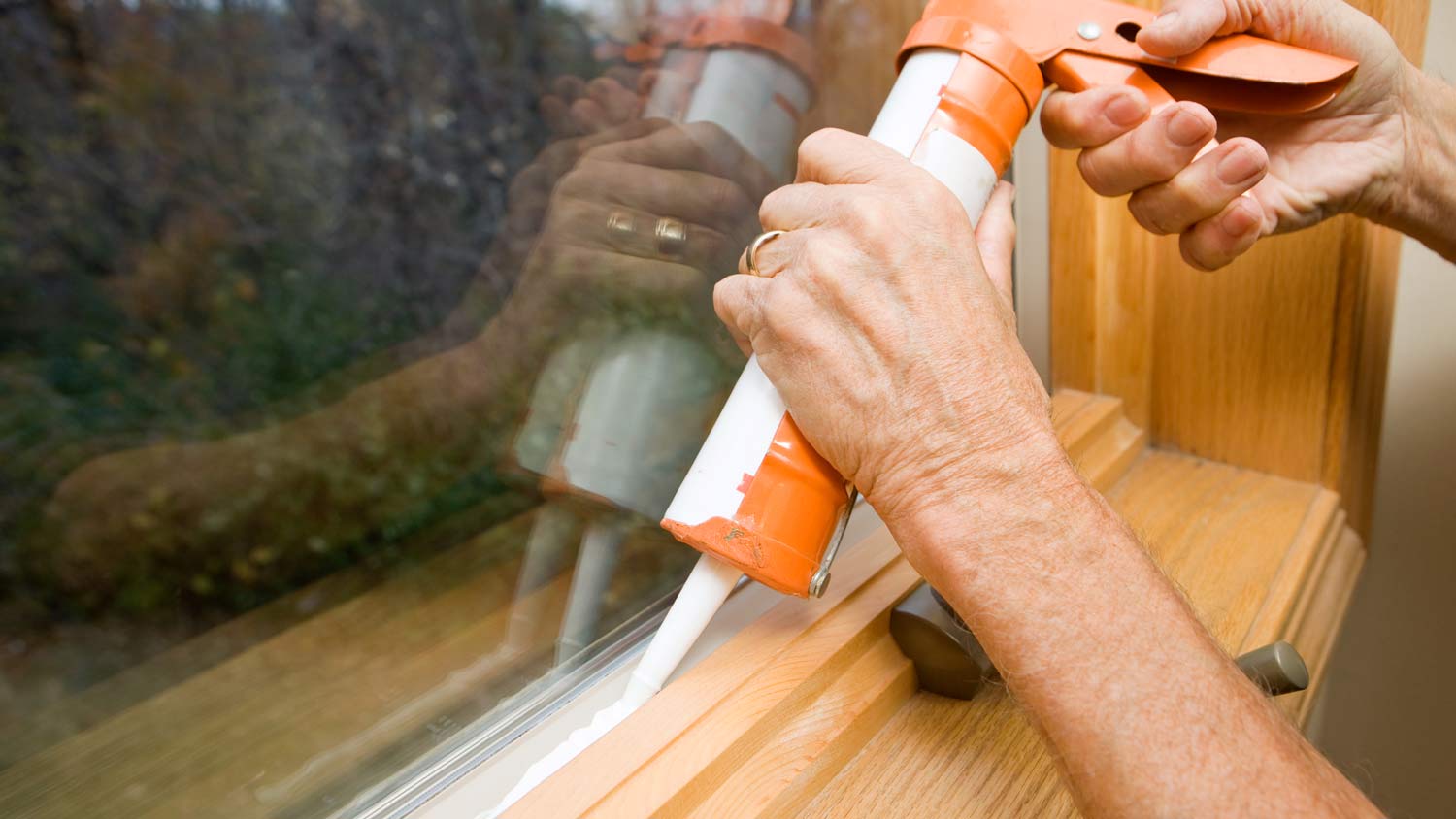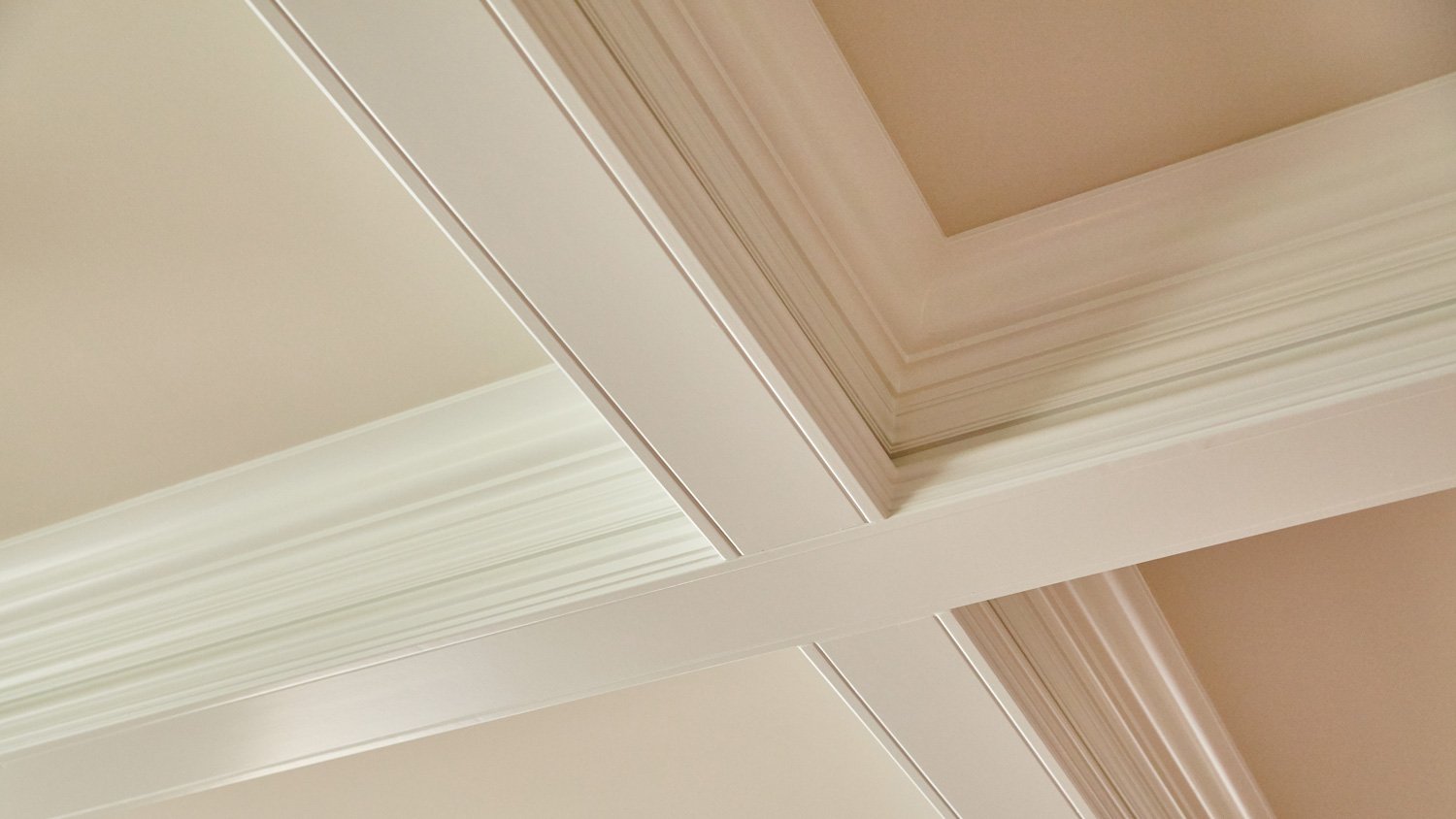
The cost to install a tongue and groove ceiling depends on the size of the space and the cost of labor. This guide can help you price out your remodel.
Don’t seal your project’s fate—get a flawless finish, instead


Silicone caulk takes between 24 and 48 hours to cure completely.
Expired caulk is one of the most common reasons for silicone caulk not drying.
Low humidity, cold temperatures, and improper airflow can also affect curing.
Ensure you’re applying silicone caulk when the temperature is between 40 degrees and 100 degrees Fahrenheit.
You can correct some environmental issues, but you may have to recaulk for a clean finish.
Is your silicone caulk not drying? Silicone caulk is a versatile sealant used in a ton of different home improvement projects, but what happens when it simply refuses to cure properly? This frustrating situation can stall your projects and leave your surfaces looking incomplete. Understanding why your silicone caulk isn’t drying is crucial for addressing the issue and ensuring a successful project moving forward. That’s why we’re going to explore the common reasons behind this problem and how you can fix them.
When taking on this project, expect questions only a pro can answer. With our network of local pros, you'll get the job done and your questions answered—without the hassle and stress of doing it yourself.
One of the most common reasons for silicone caulk not drying is using old caulk. If you're using leftover tubes from a previous project or you accidentally purchased caulk that’s already expired, it will struggle to dry properly. Silicone caulk relies on a chemical reaction with moisture in the air to cure. When the caulk expires, the chemical composition degrades, leaving you with sticky caulk that won’t dry.
Always double-check the expiration date on a tube of caulk before purchasing, and check it again before using it during your next project. If you want to play it safe, hire a pro to caulk for your project since they can ensure a smooth result quickly without any bumps in the process.
While acrylic caulk requires dry conditions to cure, its silicone cousin actually benefits from higher humidity levels. Silicone caulk cures by absorbing moisture from the air, so if the environment is too dry, the curing process will take longer and may remain sticky and soft. This is why silicone caulk is often recommended for caulking showers or around kitchen sinks, where humidity levels are higher.

Temperature is another critical factor that affects the curing of silicone caulk. Most caulks, including acrylic and silicone, require warm temperatures to cure properly. In cooler temperatures, the chemical reactions necessary for curing occur more slowly, leading to extended drying times. Ideally, you want to apply silicone caulk when the temperature is between 40 degrees Fahrenheit (4 degrees Celsius) and 100 degrees Fahrenheit (38 degrees Celsius).
If you can't wait for a temperature change, you may have to use a type of caulk that’s specifically formulated for cold weather. These may have additives that promote curing in cooler conditions.
Poor ventilation can also contribute to silicone caulk not drying. Proper airflow is essential for the evaporation of solvents in the caulk, which is a crucial step in the curing process. Without adequate ventilation, these solvents can become trapped, causing the caulk to remain soft and sticky.

Poor application techniques can also affect the drying of silicone caulk. Applying beads that are too thick and smoothing the caulk incorrectly can all contribute to curing problems. Thick beads of caulk take longer to dry because the outer surface cures first, trapping solvents inside and delaying the overall curing process.
To ensure proper curing, apply a consistent, even bead of caulk by using a caulking gun, and work it in smoothly with a caulking tool or your finger. This will help remove any excess material and promote faster drying. Also, make sure to follow the manufacturer's instructions regarding the recommended bead size and application techniques.
Most caulk guns have a built-in tool to cut the tip of the caulk tube. Look for a hole on the handle. If there is one, you can stick the tip of the tube in the hole at an angle and squeeze the trigger to cut it open.
The condition of the surface where you’re applying caulk can also impact caulk’s drying time. Applying caulk to a dirty, oily, or wet surface can lead to poor adhesion and much slower curing times. Silicone caulk requires a clean, dry surface to adhere properly.
Before applying silicone caulk, thoroughly clean the surface with soap and water or a mild cleaning agent. Remove any grease, dust, or debris, and ensure the area is completely dry. Additionally, some surfaces may not be compatible with silicone caulk, like some plastics and oily wood. In these cases, consider using a different type of caulk or adhesive that’s better suited for the material.
Under optimal conditions, silicone caulk takes 24 to 48 hours to dry and fully cure. However, silicone caulk’s drying time is impacted by temperature, humidity, surface quality, and the thickness of the caulk bead. While the caulk may feel dry to the touch within a few hours, you should still allow sufficient time for it to cure completely before exposing it to water or doing other tasks near the fresh caulk.
To ensure that your silicone caulk is fully cured, follow the manufacturer's recommendations regarding drying times and conditions. Be patient and avoid rushing the process because premature exposure to water or pressure can compromise the integrity of the seal.
If you've identified one or more reasons why your silicone caulk is not drying, there are steps you can take to correct the problem. Here are some tips to help you fix the issue:
Check the expiration date: If you're using expired caulk, replace it with a fresh tube. Always check the expiration date before purchasing or using caulk.
Adjust humidity levels: If the humidity is too low, increase moisture in the air by using a humidifier or misting the caulk with water. Don’t overdo it, though. Excessive moisture can cause other problems.
Warm up the space: If temperatures are too cool, use a space heater to warm the area or wait for warmer weather. Consider using cold-weather caulk if necessary.
Improve ventilation: Ensure proper airflow by opening windows and doors or using fans to increase air circulation. Use an exhaust fan in confined spaces.
Reapply with proper technique: If you made an error during your first (or second) time DIY caulking, remove the existing caulk and reapply it with consistent, even beads. Use a caulking tool to smooth and work the caulk properly.
Prepare surfaces thoroughly: Clean and dry the surface before applying caulk. Make sure the caulk and the material you’re caulking actually work together.
If these steps don’t resolve the issue, it may be time to call a local caulking pro. A professional can assess the situation, recommend appropriate solutions, and ensure your silicone caulk has a clean, dry, and effective finish.
From average costs to expert advice, get all the answers you need to get your job done.

The cost to install a tongue and groove ceiling depends on the size of the space and the cost of labor. This guide can help you price out your remodel.

Brick walls can add character and elegance to interior and exterior spaces. Use this brick wall cost guide to see the price range for adding one to your home.

Building permits are essential. Here’s everything you need to know about building permit costs to budget accordingly for your building project.

Discover the average home elevator maintenance cost, key price factors, and expert tips to help you budget for safe, reliable elevator upkeep in your home.

Aging in place house plans include ramping up wheelchair accessibility, lowering tall surfaces, and more. Follow these accessibility tips to get started.

Not sure what the difference is between coffered and tray ceilings? Learn the key distinctions in design, cost, and benefits to decide which ceiling style is best for your home.